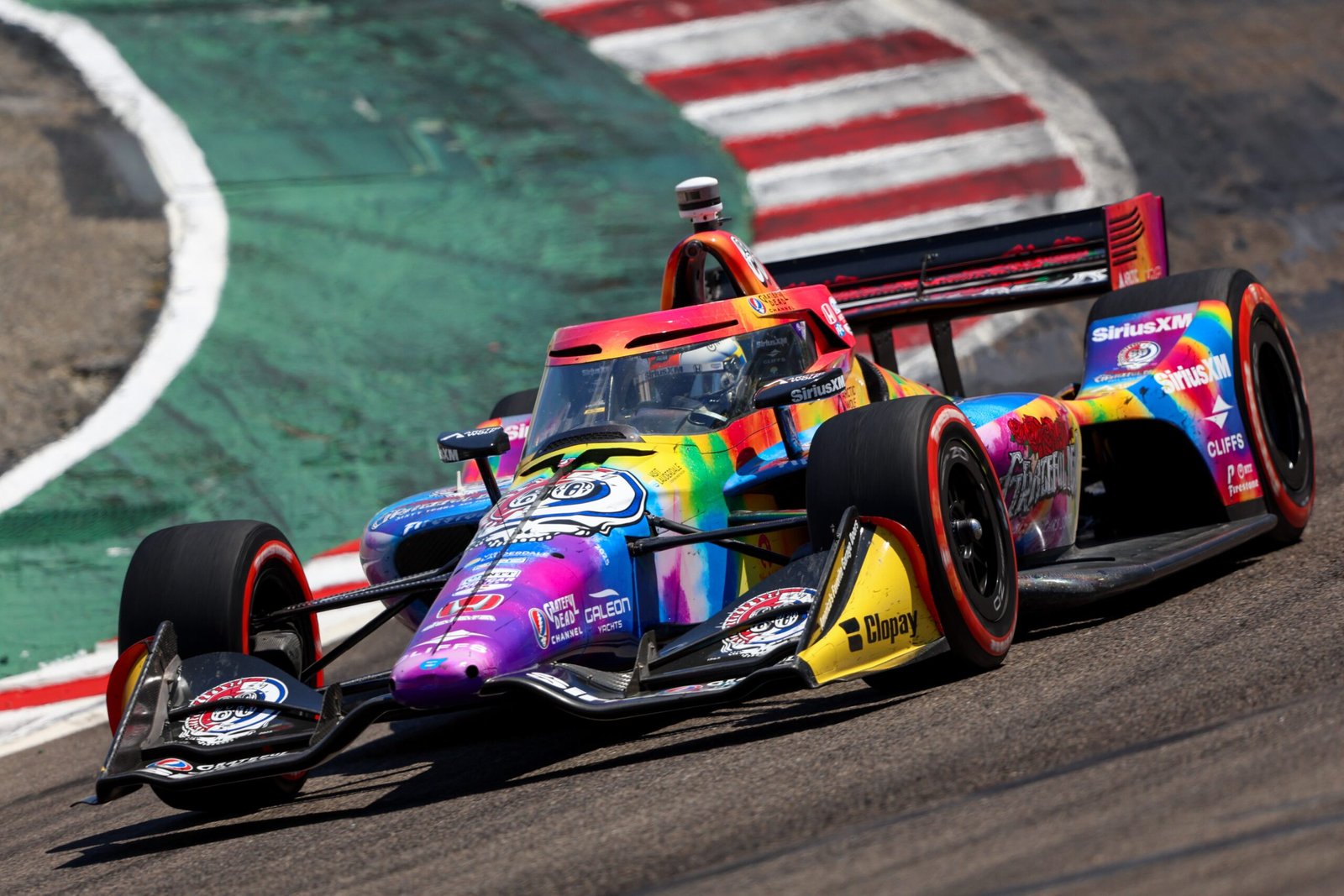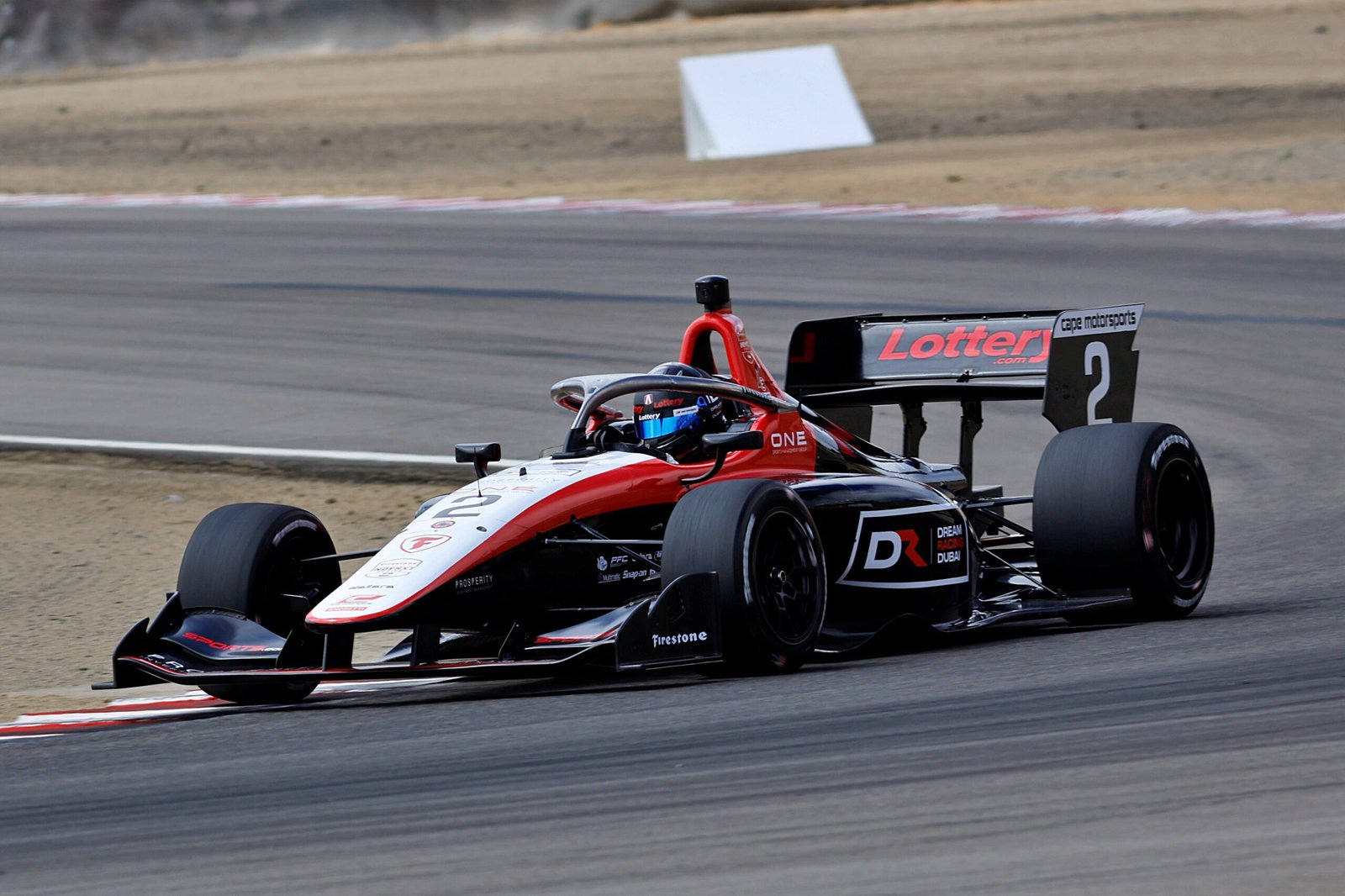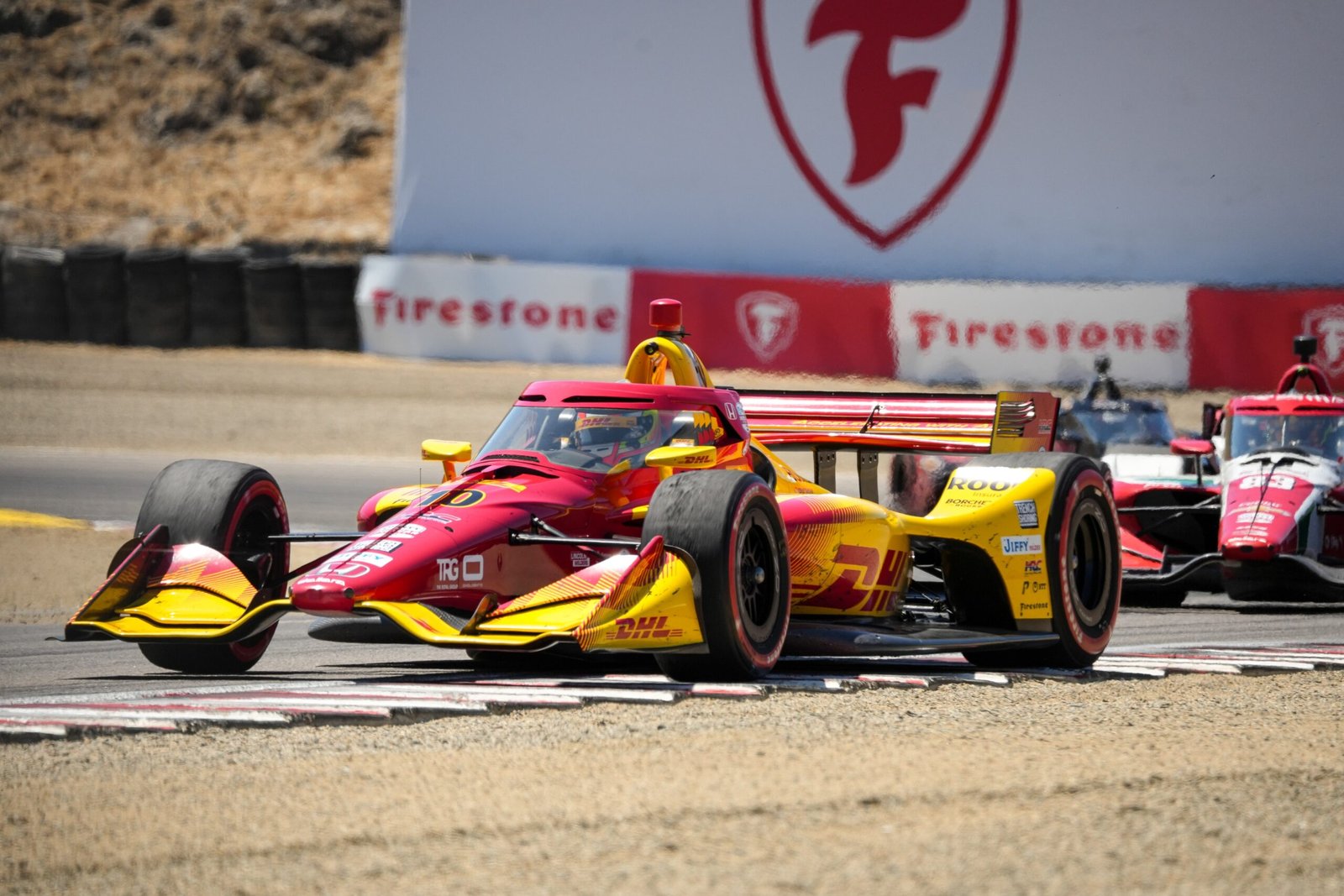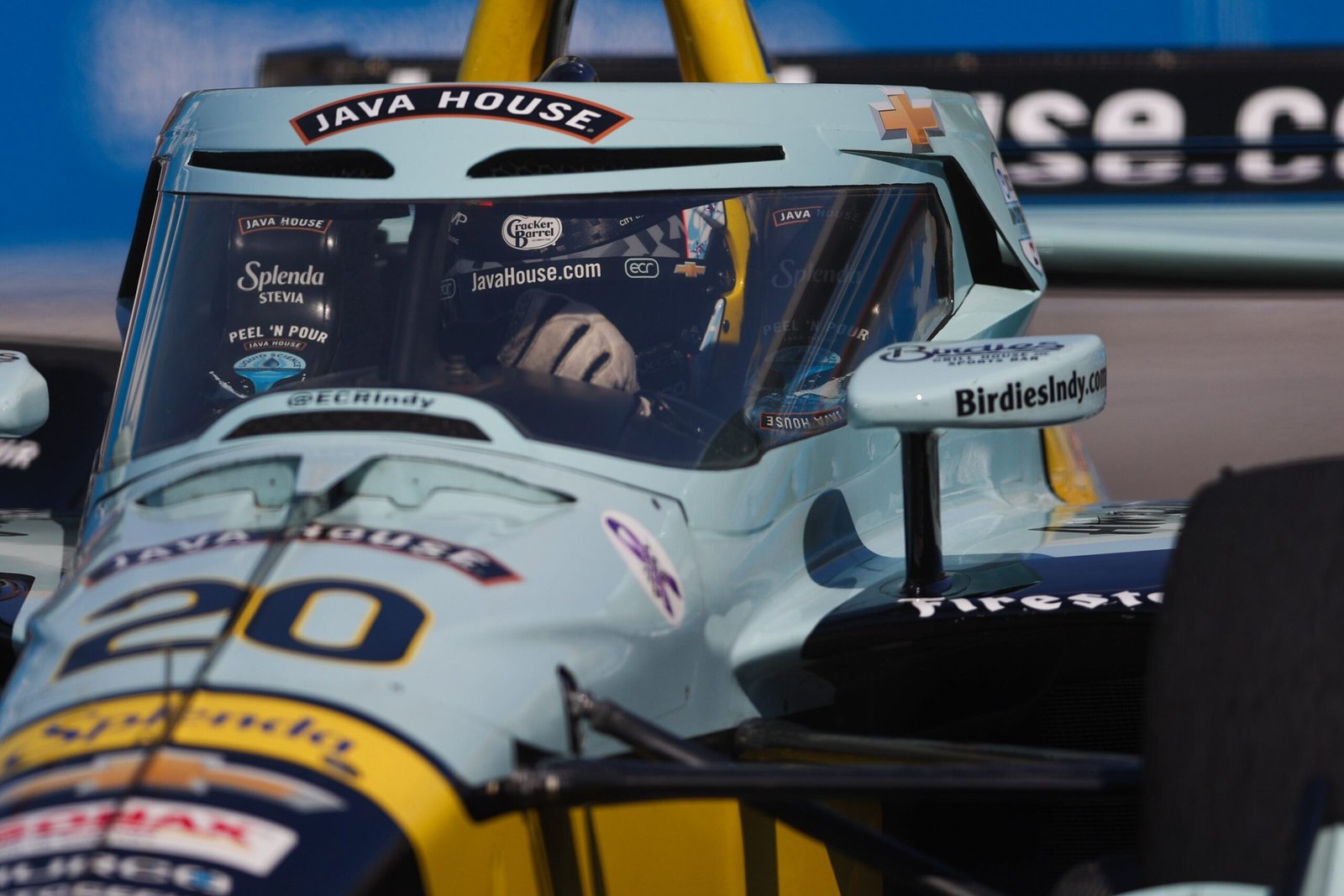Grip, Strategy, and Challenge – How Firestone’s 2025 Tires Are Changing the IndyCar Races

In the world of INDYCAR, tires can make or break a weekend — and in 2025, teams are feeling the impact of one of the biggest strategic changes in recent seasons. With a revised tire allocation and a more aggressive approach to compound characteristics, drivers like Marcus Ericsson are praising Firestone for helping to shake things up.
“That’s the biggest difference this year,” Ericsson said. “Firestone is doing a very good job.”
This season, the typical street course tire allotment has shifted from six sets of primary (harder) tires and four sets of alternates (softer) to an even 5/5 split. While the change might seem small on paper, its implications are significant — affecting everything from practice session planning to race-day strategy.
Planning Around the New 5/5 Split
Under the previous 6/4 allocation, teams had the freedom to lean more heavily on the more durable primary compound throughout the weekend. Now, with one less primary set available and one extra alternate set, strategists and engineers must rethink how they distribute their running across sessions — especially when alternates wear faster and demand more careful management.
Drivers, too, are adapting. With fewer sets overall to “waste” during practice, teams are being more selective with their runs. The result? Greater pressure to optimize every lap — and more opportunity for variance in qualifying and race strategy.
Ericsson on the “Challenge” of Tire Variety
But beyond the numbers, Ericsson sees a bigger benefit to Firestone’s approach in 2025: unpredictability.
“I don’t think races with consistent compounds are fun,” he said. “I love the challenge — when one compound falls off faster, and the teams have to adapt.”
That variability makes every stint matter. Drivers need to be alert to grip changes. Pit windows become more dynamic. And overtaking opportunities can emerge or vanish depending on who is managing tire degradation best.
For Ericsson — a veteran with wins on street courses and ovals alike — that kind of challenge is what defines top-level racing. It’s not just about who has the fastest car, but who can manage, adapt, and execute across changing conditions.
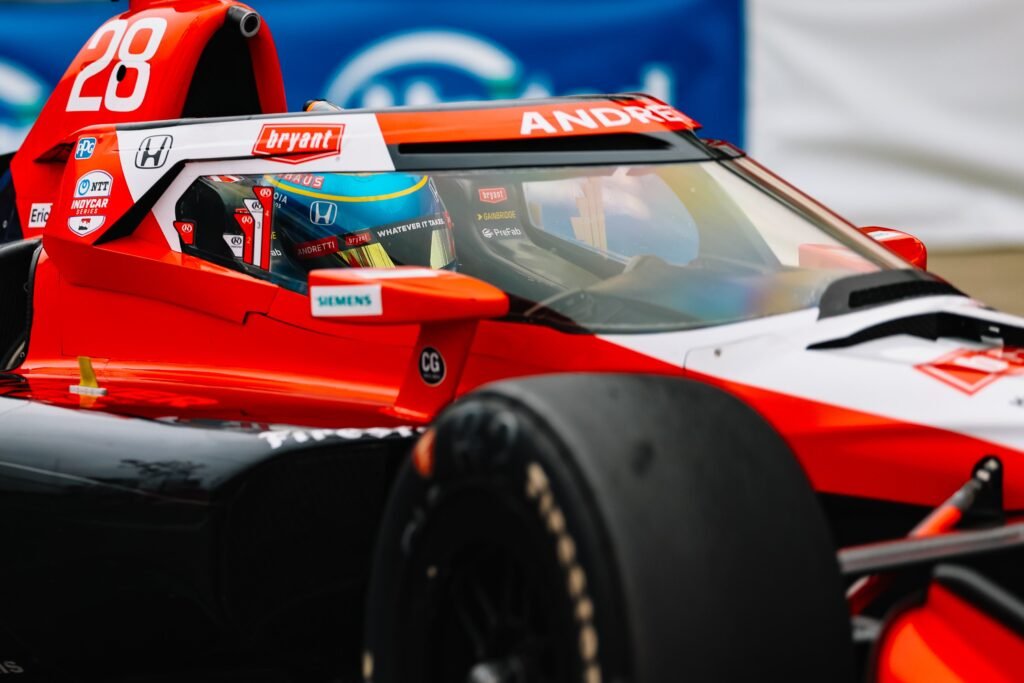
Strategic Depth Adds to the Show
In a championship where tenths of a second separate the front row from the midfield, this evolution in tire management is helping to elevate the strategic complexity of each race.
And while it may put more stress on drivers and engineers, it’s a shift that Ericsson and others welcome.
“It’s more fun for us — and I think for the fans too,” he concluded.
As INDYCAR continues to refine its formula for entertainment and competition, Firestone’s evolving compounds and allocations are proving to be a subtle yet powerful influence — making 2025 a season where grip isn’t just about traction, but about timing, thinking, and risk.
Philipp Kraus / Media Credit – Penske Entertainment

